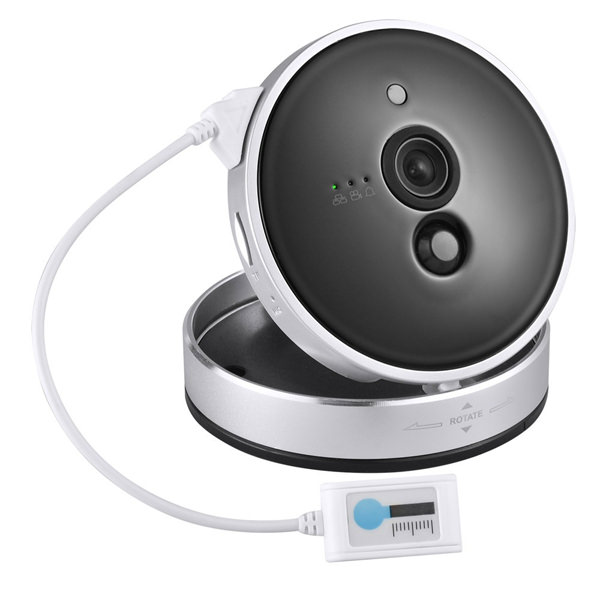
How to calculate the storage size for AHD/HDCVI/HDTVI DVR?
No matter you want to use an IP camera system or a HD camera system, you have to use HDDs for video storage, here comes the question - how many HDDs should the system use? what the capacity size of the HDD should be used? Installers or end-users need to estimate the required storage size according to the time length that the system should keep the video footage. Additionally, sometimes the cost of one piece HDD is equivalent to the entire cost of camera system, hence we don’t want to waste money on HDDs.
1# How to calculate the storage size?
To estimate or calculate the storage size you can use the formula as below:
Storage size = (bitrate*3600*24) / (8*1024*1024), the result’s unit is Gigabyte per day.
For example: a 720p IP camera, its bitrate setting is 2048Kb/s, the storage size for a day is (2048*3600*24) / (8*1024*1024) = 21 Gigabyte
Storage size for some common bitrate settings:
| Bitrate (Kb/s) | 512 | 1025 | 2048 | 4096 |
| GB/Day | 5.5 | 11 | 21 | 42 |

HDCVI/AHD/TVI HD analog camera bitrate and storage size:
720P, the corresponding bitrate – 2048Kb/s, each camera/channel requires 0.9GB storage size per hour.
1080P, the corresponding bitrate – 4096Kb/s, each camera/channel needs 1.8GB storage size per hour.
2# How to lower storage size for video system?
There are several ways to lower the storage size for cameras, therefore you can either reduce the number of HDDs for storage size or extend the time length to store the video.
H.265/HEVC
Being able to reduce the bitrate to half, the H.265/HEVC standard can double video compression efficiency, therefore it’s the best choice if you wish to save the budget on HDDs.
ROI encoding
ROI stands for region of interest, it’s a kind of smart encode technology can lower the image quality of uninterested region of the image to reduce the bitrate of the entire video stream of your IP cameras, therefore can greatly save the storage size.
Lower bitrate
Both IP cameras and DVRs allow users to set the encoding bitrate, the bitrate is one of variables which is positively correlated with storage size. Lowering the bitrate can help to reduce the storage size, however inevitably will impact the image quality.
Lower image resolution
Lower the image resolution is the easiest way to reduce the file size of video, therefore can save bandwidth and storage size. Nonetheless, this will significantly reduce the image quality, it may not be a good option in most cases.
Reduce frame rate
Instead of lower image resolution, you can reduce the frame rate to save the storage size. Doing so will not impact on image quality, also reducing the frame rate to 12-15fps will not cause a obvious difference when playing the video. People can not distinguish between real-time (25fps) and 15fps videos when both videos are played in normal speed. However, if require capturing the motion objects, real-time or high frame rate is needed.

If you only use one or two security cameras, we recommend the consumer Wi-Fi cameras. These cameras typically have a microSDHC/TF card slot to support on-board video storage. Simply inserting a TF memory card (e.g. 16GB/36GG/64GB), the video will be stored in memory card, therefore can eliminate the usage of network video recorder. We offer 1080P/720P smart Wi-Fi cameras not only support TF card video recording, but also featuring dual motion detection (PIR + video) which can greatly reduce the false alarm, while notify users immediately upon detecting human movements. The D1000G even can support thermostat and temperature alert function by connecting with a temperature/humidity dongle.
Get My Latest Posts
Subscribe to get the latest updates.
Your email address will never be shared with any 3rd parties.